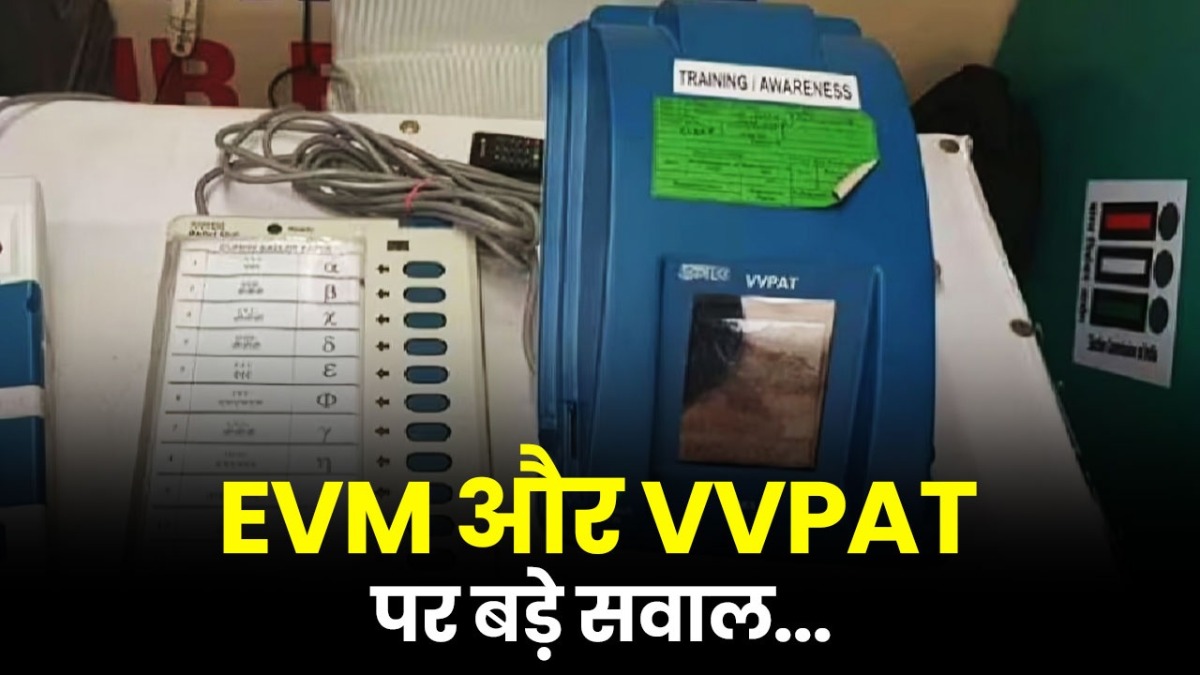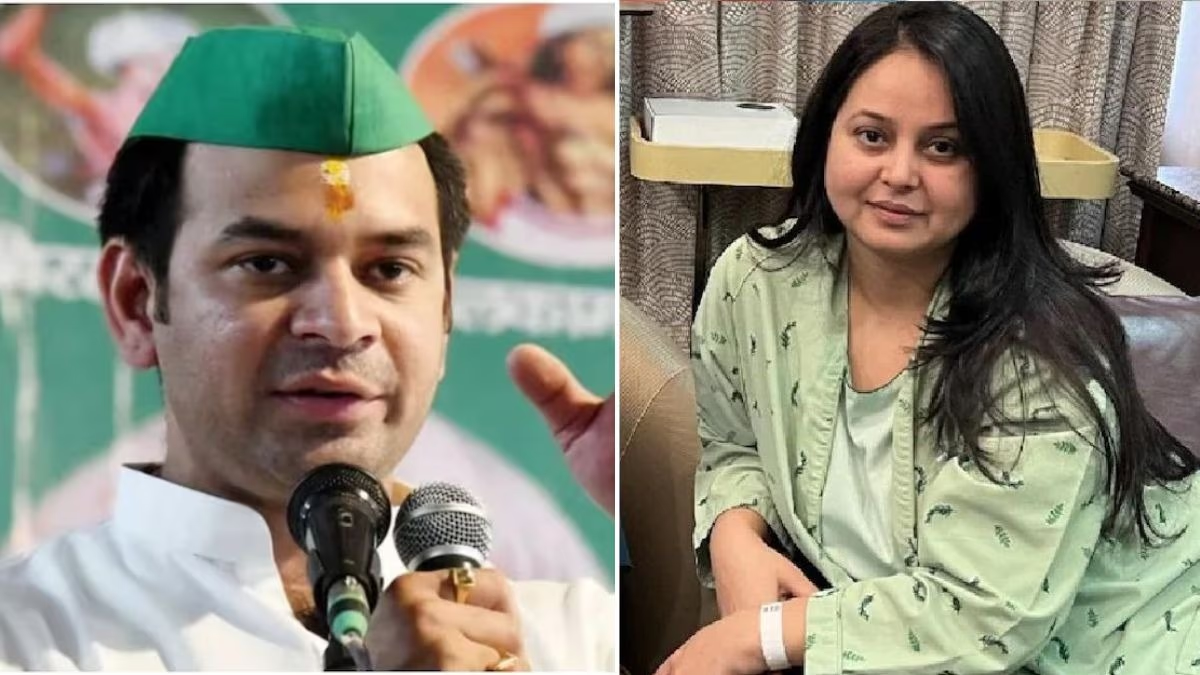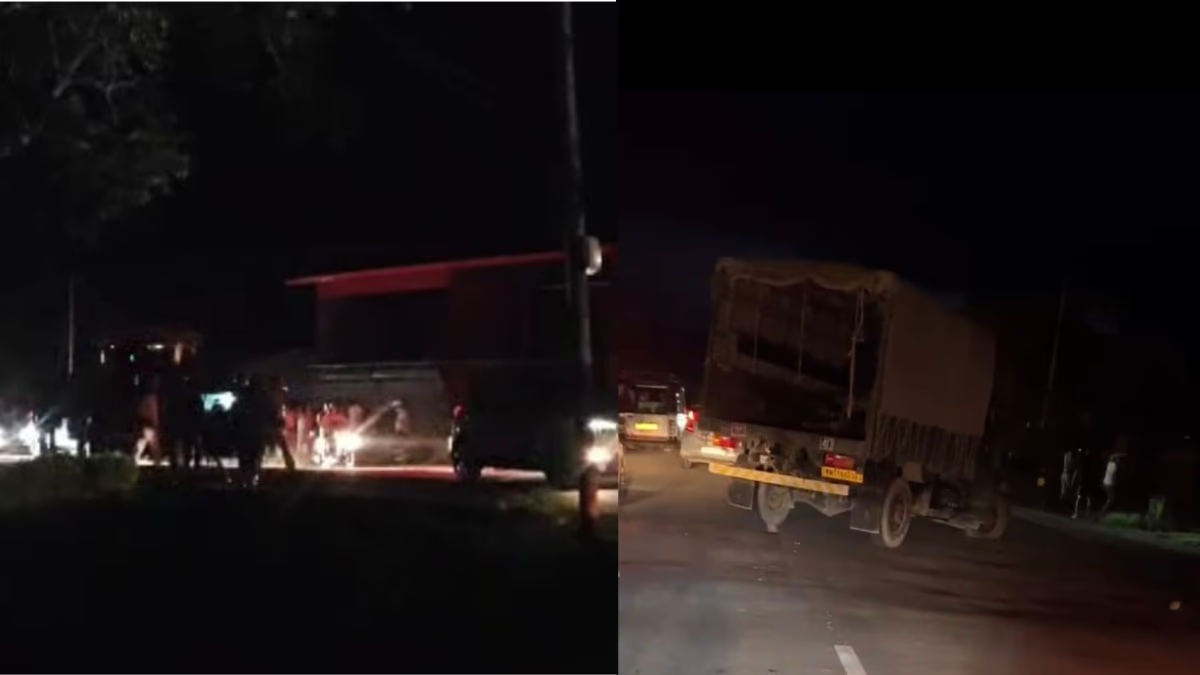During a session on Wednesday, the Supreme Court deliberated on a petition demanding the 100% matching of VVPAT slips with electronic voting machine (EVM) data. The bench, comprising Justices Sanjiv Khanna and Dibakar Datta, underscored their inability to direct or control elections based on mere skepticisms regarding EVMs. Once answers to a few technical questions are obtained, they indicated that a decision would be forthcoming, likely before the current election cycle concludes.
Presently, VVPAT verification protocols involve matching VVPAT slips with EVM votes only at five random polling stations per assembly constituency. Earlier this month, the Supreme Court had issued a notice to the Election Commission of India (ECI), requesting a comprehensive count of all EVM votes and VVPAT slips, expanding beyond the current random five.
'Clarifications Essential to Probe Deeper'
Expressing the need for additional information, the Court sought the Election Commission's clarification on four pertinent technical aspects concerning the operation of EVMs. Justice Khanna stated, 'We have examined the frequently asked questions. We only require three to four clarifications. We don't want to be factually incorrect, but we must be confident about our conclusions, hence the request.'
One of the litigants' lawyers suggested that in the interest of transparency, the source code for EVMs should be disclosed. Justice Khanna refuted this by emphasizing that the source code should never be exposed, warning against potential misuse.
The Supreme Court has requested clarification on these four questions...
1). Is a microcontroller installed in the control unit or VVPAT? 2). Is the microcontroller programmed only once? 3). How many symbol loading units are available in an EVM? 4). The Data in an EVM is stored for 45 days considering the time limit of 30 days for election petitions. Should the storage period be extended to accommodate the legal time frame?
'Microcontroller Installed in the Control Unit or VVPAT?'
The justices sought a simple clarification: 'Is the microcontroller installed in the control unit or in the VVPAT? We assume it's in the control unit. Please confirm whether the microcontroller is installed and if it is programmable only once. Also, refer to the number of available symbol loading units. Finally, the legal limit for filing election petitions is 45 days, thus necessitating data storage in EVMs for at least that duration. This discrepancy needs to be addressed.'
'ADR's Argument'
Advocate Prashant Bhushan, representing the litigant ADR, argued that every microcontroller contains flash memory, which could theoretically accept another program. The Election Commission countered this, indicating each component—the voting unit, control unit, and VVPAT—contains its own microcontroller, which cannot be tampered with and are only programmable once. The uploading of election symbols—an essential part of the EVM's function—is managed by two manufacturers, one being the ECI and the other Bharat Electronics.
Following the Election Commission's clarifications, the Supreme Court reserved its decision.
'Recalling Past Decisions'
The Supreme Court noted that it cannot pass orders based on doubts alone and has intervened on EVM-related matters twice already. Reminding of the previous directives regarding VVPAT, which is an independent vote verification system, the Court observed its adherence during elections. It also questioned the need for the matching of all slips as opposed to the stipulated 5%. The bench asserted that if necessary, directions could be issued to strengthen the current EVM system.




